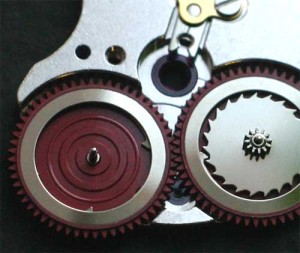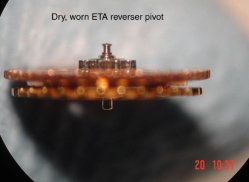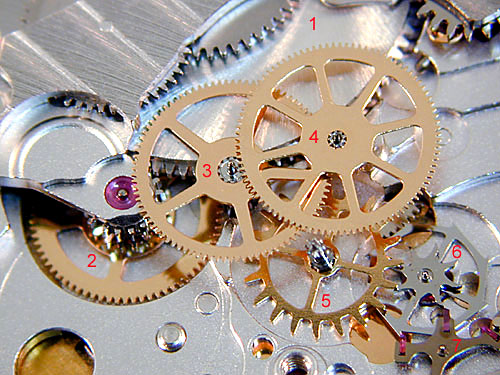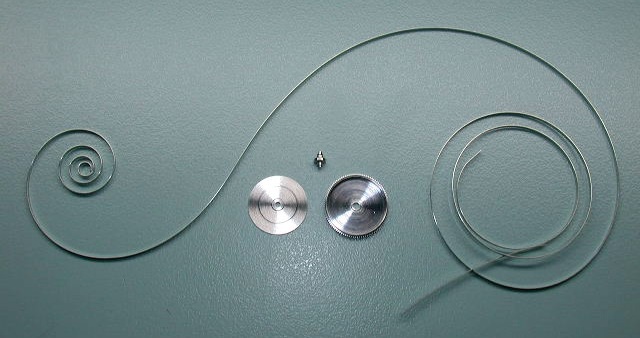In today’s day and age, everything is up for debate.
Are you Team iPhone or Team Android? Is LeBron James better than Michael Jordan? Do you prefer the Beatles or the Rolling Stones?
In the watch world, the question is Rolex against Omega. So which one is better? Each watch has its own hits and misses, but the differences will be pointed out since they are the two watches serviced the most by the Watch Doctor.
Over the next couple of posts, we’ll be looking at the pros and cons of each.
The Automatic Unit

The Rolex automatic unit has been a standard of excellence for many years.
It is heavy-duty, runs well and works quite well even when it’s a bit dirty.
The Omega automatic is also very well-designed and does a nice job.

It’s a bit thinner and the oscillating weight is supported by ball bearings.
The Rolex automatic is quite a bit more durable than the Omega.
It has a replaceable oscillating weight axle, while the Omega is supported by ball bearings, but is quite a bit more difficult and expensive to replace. Advantage: Rolex.
Auto Reverser Wheels

The auto reverser wheels from the Rolex are much more durable than the Omega’s.
The Omega wheel has proven to be a bit of a problem.
If it goes bad, then the automatic will either only wind in one direction or actually slightly unwind itself when hand-wound from the crown. Advantage: Rolex.


Conclusion
Overall, both automatic units are well made and have good power reserve, but my choice is the Rolex.
Train Wheels
On the Rolex, you will notice that the 4 train wheels are rather large and quite sturdy. The teeth are of normal size, not too big not too small. The Rolex is standard in just about every way, and could almost be considered “heavy duty”.

The Omega Train Wheels tend to go in the opposite direction, and are rather small, thin and light weight. The teeth are very fine, not nearly as stout as the Rolex. You may think that finer is better, but in my opinion, I like the Rolex better and here is why:
Think of an antique pocket watch: big, strong, and built to take a beating. The train wheels in these watches are huge in comparison to a modern wristwatch.
The point here is that these watches will run when extremely dirty. Just about every pocket watch that I see is dirty, but they still manage to run. Now take that same idea and apply it to the Rolex and Omega. I get lots of Rolex watches in for service that are dirty, but they still manage to run and keep time.
On the other hand I see lots of Omega watches come into the shop with the same level of dirt, and they don’t run at all. It really seems that the Omega needs to be very clean in order to run properly.

Rolex and Omega Mainsprings
If we also take into consideration the mainspring and barrel of both watches, you will see another major difference. The Rolex has a wider and stronger mainspring, the Omega is a bit thinner and does not seem to have the torque of the Rolex.
Where the Rolex has the power to push past a bit of dirt in the train wheels to keep running, the Omega does not.
Keep in mind that all of this is just my opinion, and is not backed up by any scientific research, but rather based upon what I see in my shop.


In this comparison, I give the slight advantage to the Rolex Mainspring

